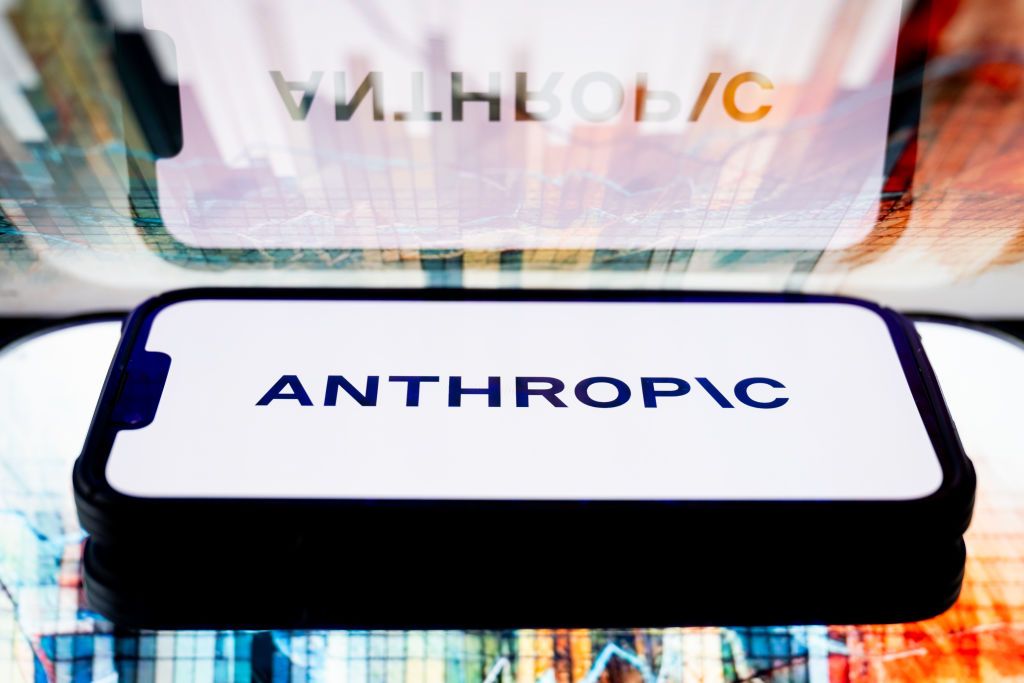What Could a Healthy AI Companion Look Like?
What Could a Healthy AI Companion Look Like?
In today’s rapidly evolving technological landscape, the concept of artificial intelligence (AI) companions has become increasingly popular. While the idea of having a virtual companion may seem intriguing, there are concerns about the potential negative impacts of such technology on mental health and well-being.
A healthy AI companion should prioritize the user’s emotional and mental well-being above all else. It should be designed to provide support and companionship in a way that enhances the user’s life rather than detracting from it.
One key aspect of a healthy AI companion is its ability to adapt and learn from the user’s behavior and preferences. This personalized approach helps build a stronger connection between the user and the AI, making the interaction more meaningful and fulfilling.
Moreover, a healthy AI companion should be programmed to promote positive habits and behaviors, such as encouraging physical activity, healthy eating, and stress management. It should also provide valuable insights and resources to help the user improve their overall well-being.
In terms of communication, a healthy AI companion should be empathetic, understanding, and non-judgmental. It should be able to recognize and respond to the user’s emotions and needs in a supportive and compassionate manner.
Furthermore, a healthy AI companion should prioritize privacy and data security to ensure that the user’s personal information is protected at all times. Trust is essential in any relationship, including that between a user and their AI companion.
Overall, a healthy AI companion should be a positive force in the user’s life, providing support, guidance, and companionship in a way that enhances their overall well-being. By focusing on empathy, personalization, and privacy, AI companions have the potential to positively impact the lives of their users in a meaningful and sustainable way.




